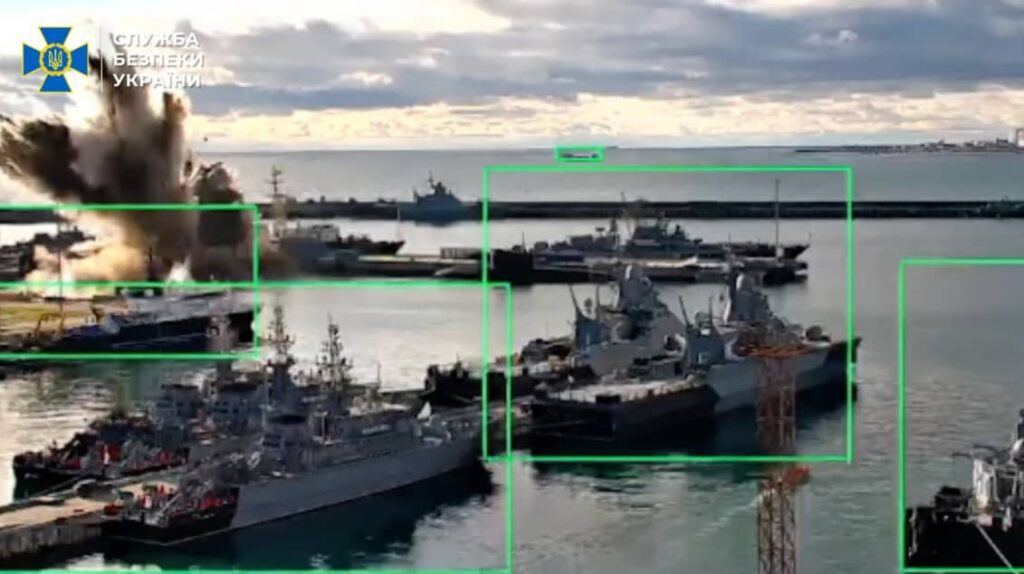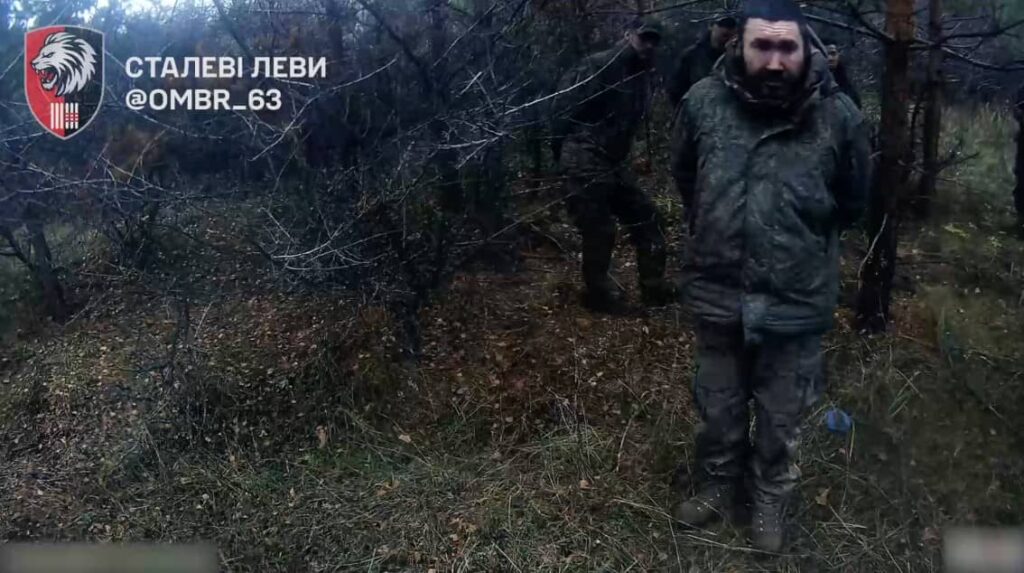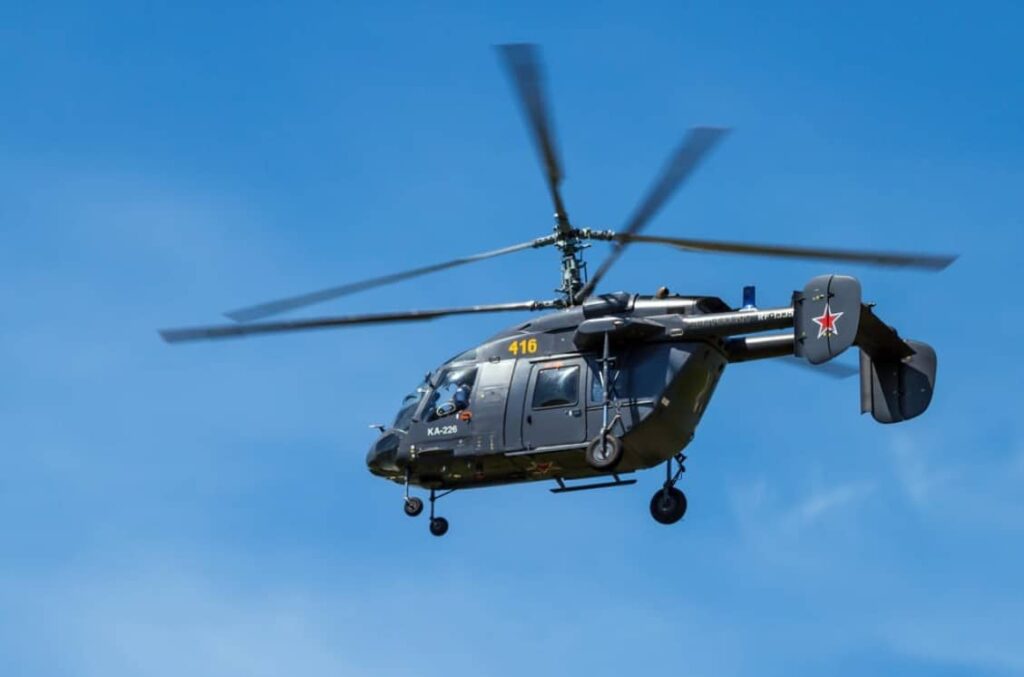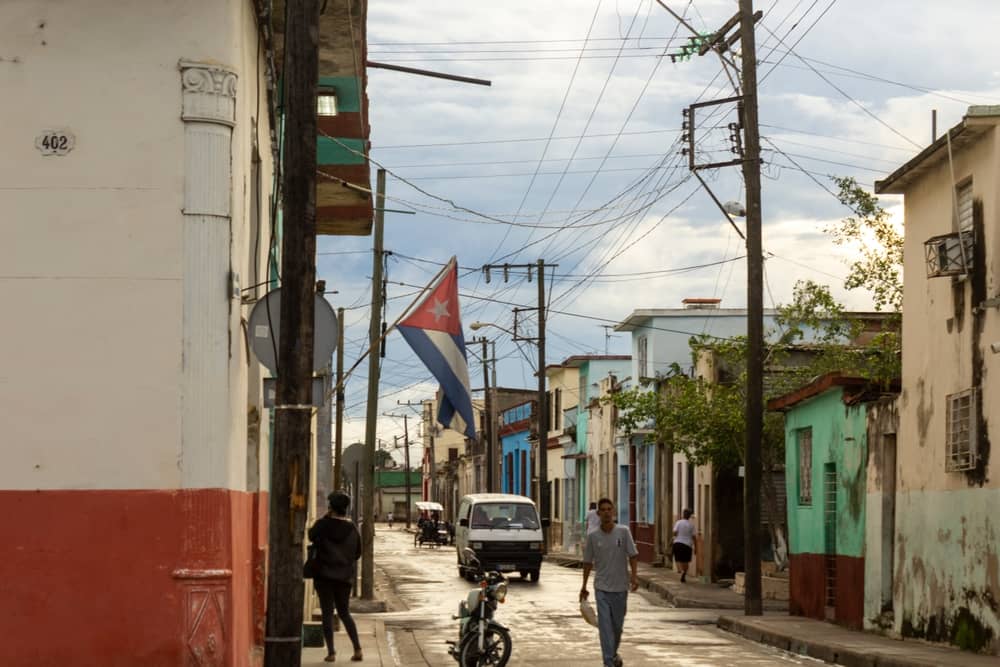Ukrainian Navy Hits Russian Special Forces on Black Sea Oil Rig

A Ukrainian naval operation destroyed surveillance equipment and killed members of an elite Russian anti-tank missile crew stationed on an oil drilling platform in the Black Sea, Ukraine’s Navy announced Tuesday.
The strike hit the Sivash drilling rig, one of several gas and oil platforms collectively called the Boiko Towers situated off Russian-occupied Crimea’s coast. Ukrainian naval forces deployed a combination of explosive first-person-view drones launched from an unmanned surface vessel and explosive unmanned naval drones, according to a statement posted to the Navy’s official Telegram channel.
Moscow’s military channels released a video they claimed showed a Lancet drone destroying a Ukrainian naval boat during the engagement. Ukraine’s Navy dismissed the Russian version, saying the footage actually captured their successful drone deployment against the platform.
Reportedly not every #drone at the #Sivash oil rig was Ukrainian. A #Russian Lancet paired with a #reconnaissancedrone were used to strike an #Ukrainian #USV under the platform. It's unclear if the #Lancet arrived before the USV blew up or it was the cause of the explosion. pic.twitter.com/UTKxE1pmlL
— Drone Wars (@Drone_Wars_) November 3, 2025
The Navy published its own drone videos of the strike, showing footage from both aerial and surface perspectives, though independent verification of the footage was not possible.
The Ukrainian Navy struck an elite Russian Armed Forces special unit stationed on the Sivash drilling platform using naval drones and UAVs.https://t.co/Phkmq4O8ie pic.twitter.com/RJDEWbFWCQ
— WarTranslated (@wartranslated) November 3, 2025
Russia seized the Sivash rig along with other Boiko Towers platforms during its 2014 Crimea occupation. The rig, originally operated by Ukrainian state-owned oil and gas company Chornomornaftogaz, is a self-elevating drilling platform capable of reaching depths of 3.7 miles. The structure weighs 10,870 tons, spans 261 feet in length and 156 feet in width, and provides living quarters for up to 60 personnel.
According to the Kyiv Post, a private military group consisting of “dangerous football hooligans roleplaying as pirates” called Española conducts operations to defend Russian interests around the platforms, though it’s unclear if this was the anti-tank missile crew targeted on the site.
The group reportedly functions independently of Russia’s Defense Ministry but maintains cooperative ties, and has links to Russia’s Military Intelligence (GRU). Sergei Aksyonov, Moscow’s appointed leader in Crimea, reportedly established the unit to reinforce coastal defenses, with funding provided by Russia’s ruling United Russia party.
Ukraine’s Main Intelligence Directorate reports indicate Espanyola draws recruits from football hooligan groups, political extremists, and impoverished civilians from Russia’s economically struggling regions.
Video evidence of unmanned surface vessels acting as FPV drone carriers and launchers first appeared in January during strikes on Russian SAM systems deep behind the frontlines in Crimea. In August 2025, HUR officially released footage from September 2024 showing the first mission involving FPV drones being launched from unmanned surface vessels by the Raven Group of HUR’s Timur Special Unit, which targeted Russian positions on the Petro Hodovalets gas platform.
More recently, Ukrainian engineers have outfitted unmanned vessels to carry multiple fiber-optic FPV drones stored in hull compartments, each connected to a cable spool. Defense Express reported that at least one such vessel was used this summer in an assault on the Tuapse port on the Black Sea.
A closer look at one of the Ukrainian unmanned surface vessels (USV) that reportedly took part in an attack on the Russian port of Tuapse on Wednesday.
— Status-6 (Military & Conflict News) (@Archer83Able) September 27, 2025
The USV was serving as a carrier of fiber-optic FPV drones. https://t.co/uV8FUv7p3c pic.twitter.com/zWchG91NdL












